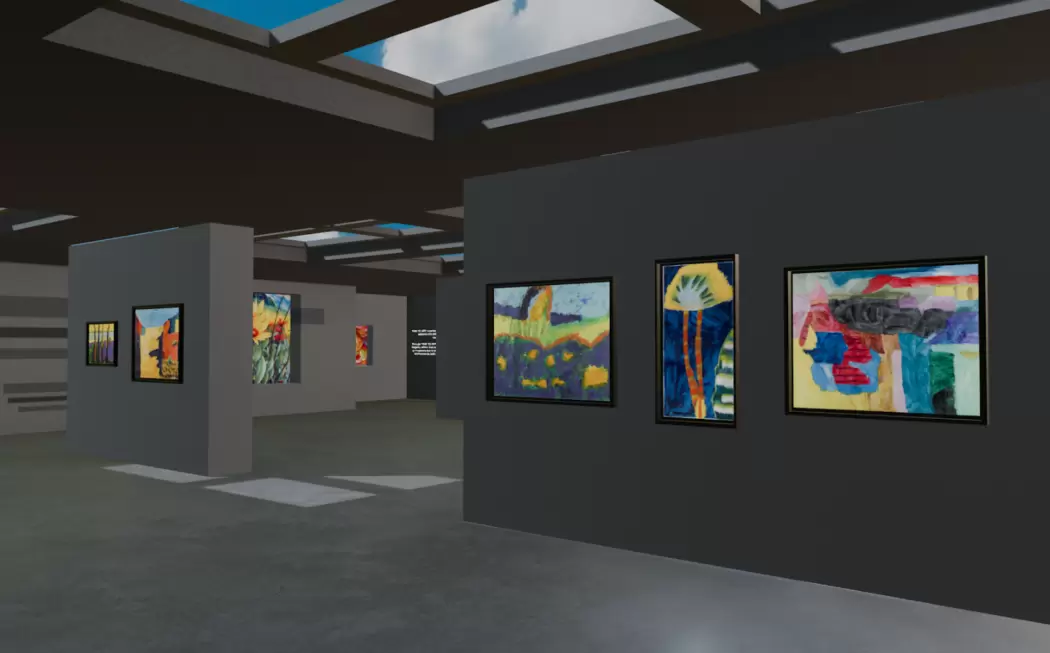.ART Book Club – Book 9 – Impractical Spaces Edited by Pete Gershon – Deep Dive in an Open Sky Incubators for Creatives
“Impractical Spaces: Houston’ places our city’s art community in the context of a nationally-distributed series of books (and eventual anthology) examining the significance of historic alternative art spaces in cities outside the glare of New York and Los Angeles. But there is a broader opportunity here - to learn from their experiences and share, connect and discuss spaces that are vital for the arts!


They are in the margins – but are they really? While they aren’t the big museums or the institutions that tourists will mostly visit, they are the ones where things happen before IT happens elsewhere. They are incubators for ideas, they rise and fall, try and succeed, try and fail – but they are SO CRITICAL to the creative community! Let’s talk about all those spaces, artist-run galleries, ad hoc venus, pop-ups, co-operatives, occupiers warehouses, empty stores fronts – the ground that bubbles with ideas and create ripple effects – they are a place where one can try, experiments and growth – safely without all the pressure of institution and prepare for the next stage, the next projects. They are the small initiatives that see big! And WE LOVE THEM!
While you won’t have read the book – it is the perfect occasion to ask questions about what is the importance of those spaces and enter a lively discussion about them!
- What is the importance of those spaces?
- Let’s discuss the model? How are those spaces important for the creative community but how do they survive (and hopefully thrive)
- Do you have questions for Pete? Anything you want to know about what he learned in this experience?
As usual, it is our pleasure to give away 5 copies of Impractical Spaces Edited by Pete Gershon! Please comment on our giveaway post on Instagram to enter it! You will get additional chances to win your copy by leaving comments, discussing the subject of this book, the importance of those spaces for creative communities and tagging other people.
And if you have a suggestion for us regarding the book club or even a book to suggest – email el@nic.art.
Review of the book by evlyne Laurin
Impractical Spaces Houston is the first book in a collaborative national project and anthology of publications that offers a historical look at defunct and active artist-run projects throughout the United States. It does that “through a collection of descriptive entries, photographs, and ephemera provided by founding members of such spaces, the history of Houston’s alternative art scene is documented, preserved, celebrated, and shared.” While the first word most of us would associate with Houston TEXAS is definitely not “ART”, this book shows our misconception. Furthermore, while the focus (this time, as more books are coming into the series) on Houston and this city might not be one that you visited or would be the most curious about at first, Impractical Spaces Houston offers an opportunity to learn how art spaces emerged in the city and the impact they had on the lives of those involved, and the community around them. These lessons aren’t just local histories, but constitute a larger unrecognized art economy running just beneath the surface of American culture. It is including first-hand interviews with more than 40 artists and this gives you the opportunity to learn from people who have been where you are if you are currently trying to build your project from the ground. This is the beauty of this book and where its importance lays – in the lessons that can be learned, in the exchange, in the history and the memories. Some of those Impractical Spaces are more than half a century old, while some lasted only a few years, and many are still there, still standing. The oldest was created in 1947, the newest was created just a decade ago. But as Paddy Johnson mentioned in the introduction “Impractical Spaces partners with artists, arts professionals, and nonprofits in states across the nation to produce publications documenting their local art scenes and bring them together in the form of a book to demonstrate their overall impact.” Documenting is key and sometimes something that we don’t do till it is too late (mostly for lack of time or human power), and without proper documentation or traces at the very least, histories are forgotten and legacy disappears. This is the power of creatives for generations and generations! This book will definitely be filled with little gems and pieces of advice, it will for sure inspire you! So read this book, live and learn and most importantly be bold and try it.
More about the author

Pete Gershon | headshot by the multi-talented Erica Nix.
Pete Gershon is the author of Painting the Town Orange: The Stories Behind Houston’s Visionary Art Environments (History Press, 2014) and Collision: The Contemporary Art Scene in Houston 1972 – 1985 (Texas A&M University Press, fall 2018). For two years, he worked with the Creating a Living Legacy Project‘s Houston team to document the artwork of multimedia artist Bert L. Long, Jr., and to arrange his professional papers for access and preservation; and for 15 years he was the founding publisher of Signal to Noise, the internationally distributed quarterly journal of improvised and experimental music. Since 2013, he’s been the program coordinator for the Core Residency Program at the Glassell School of Art at the Museum of Fine Arts, Houston. He received a bachelor of arts degree in journalism from Hampshire College in 1995 and a master’s degree in library and information science from the University of North Texas in 2015.





